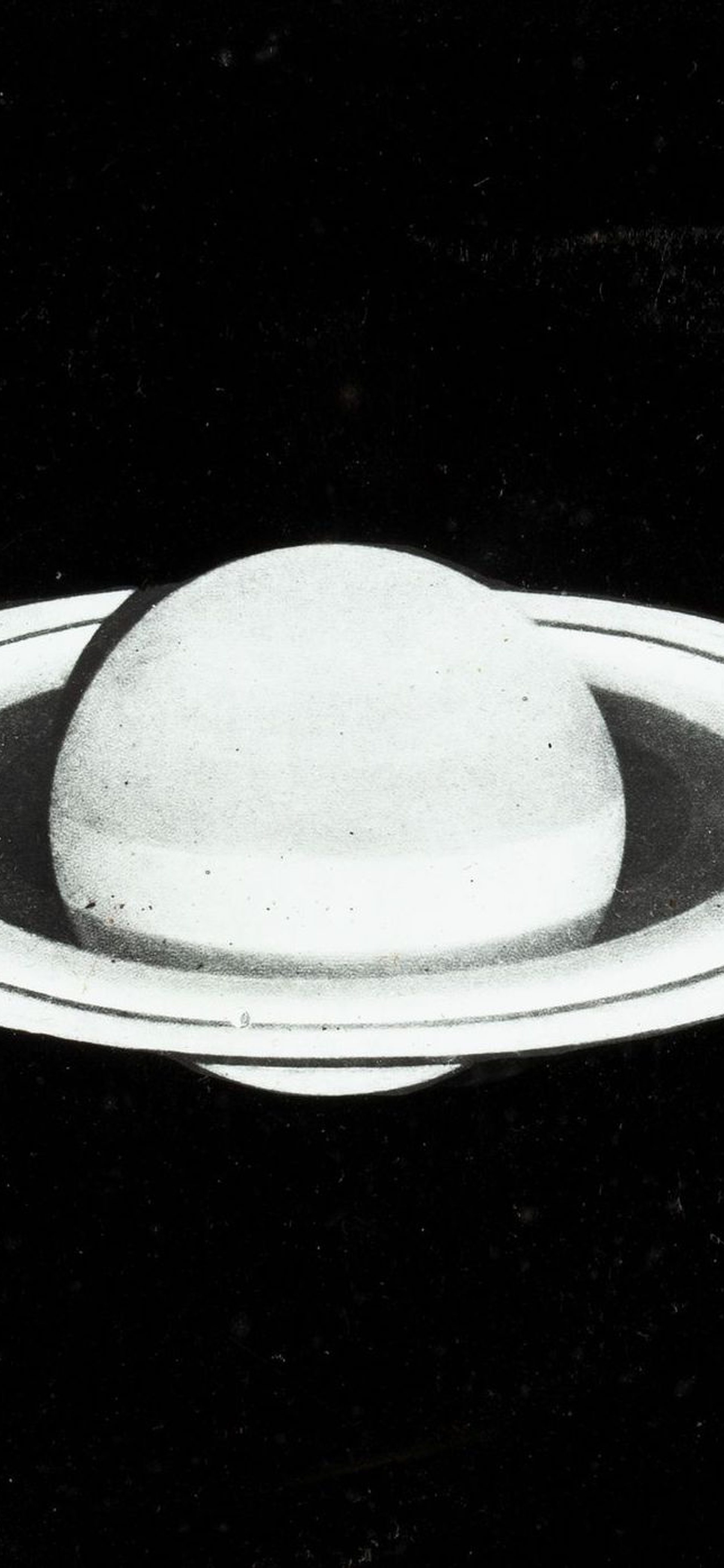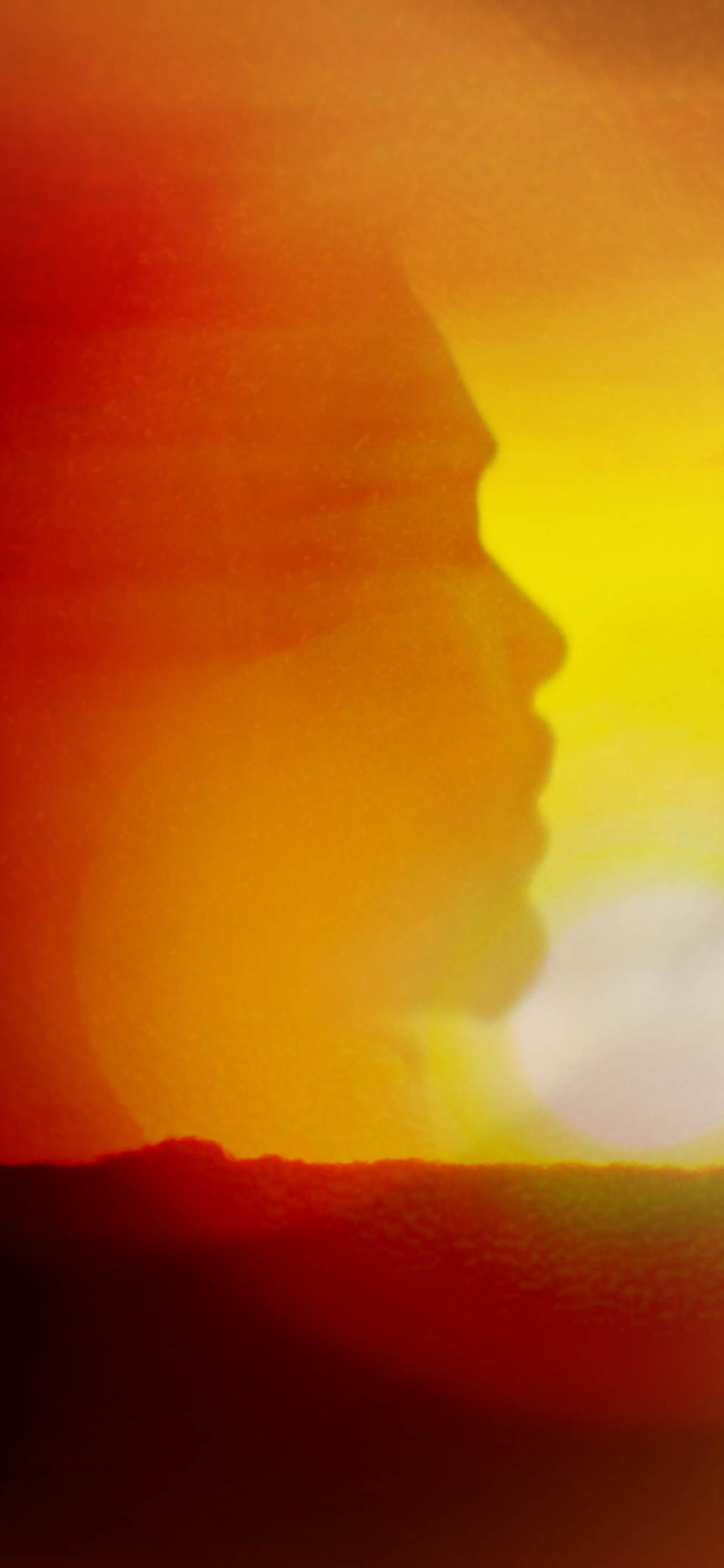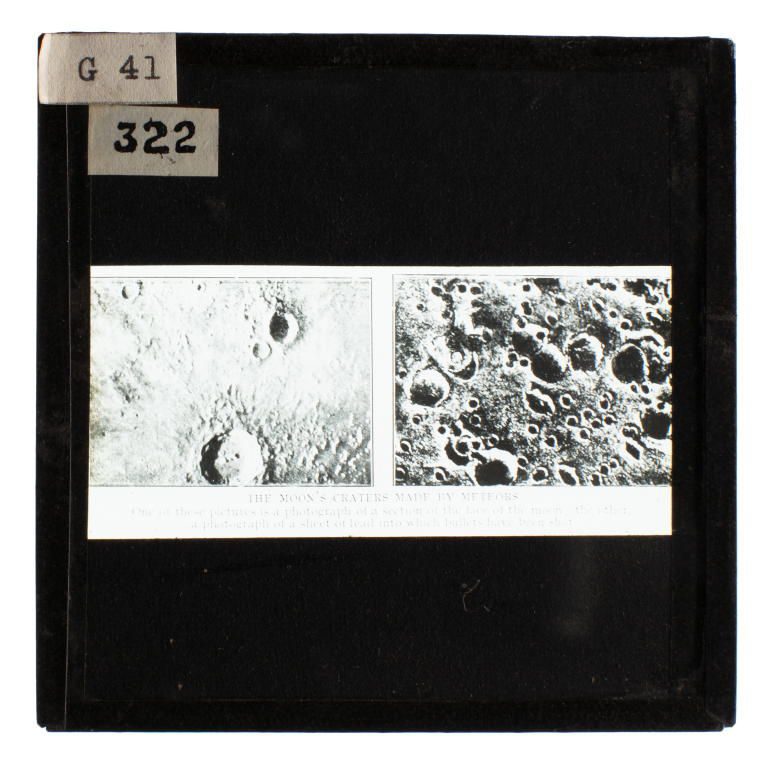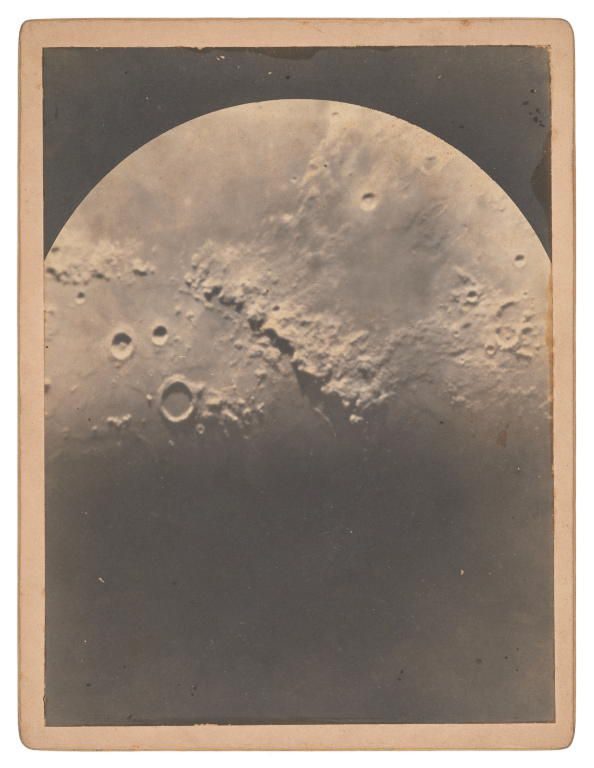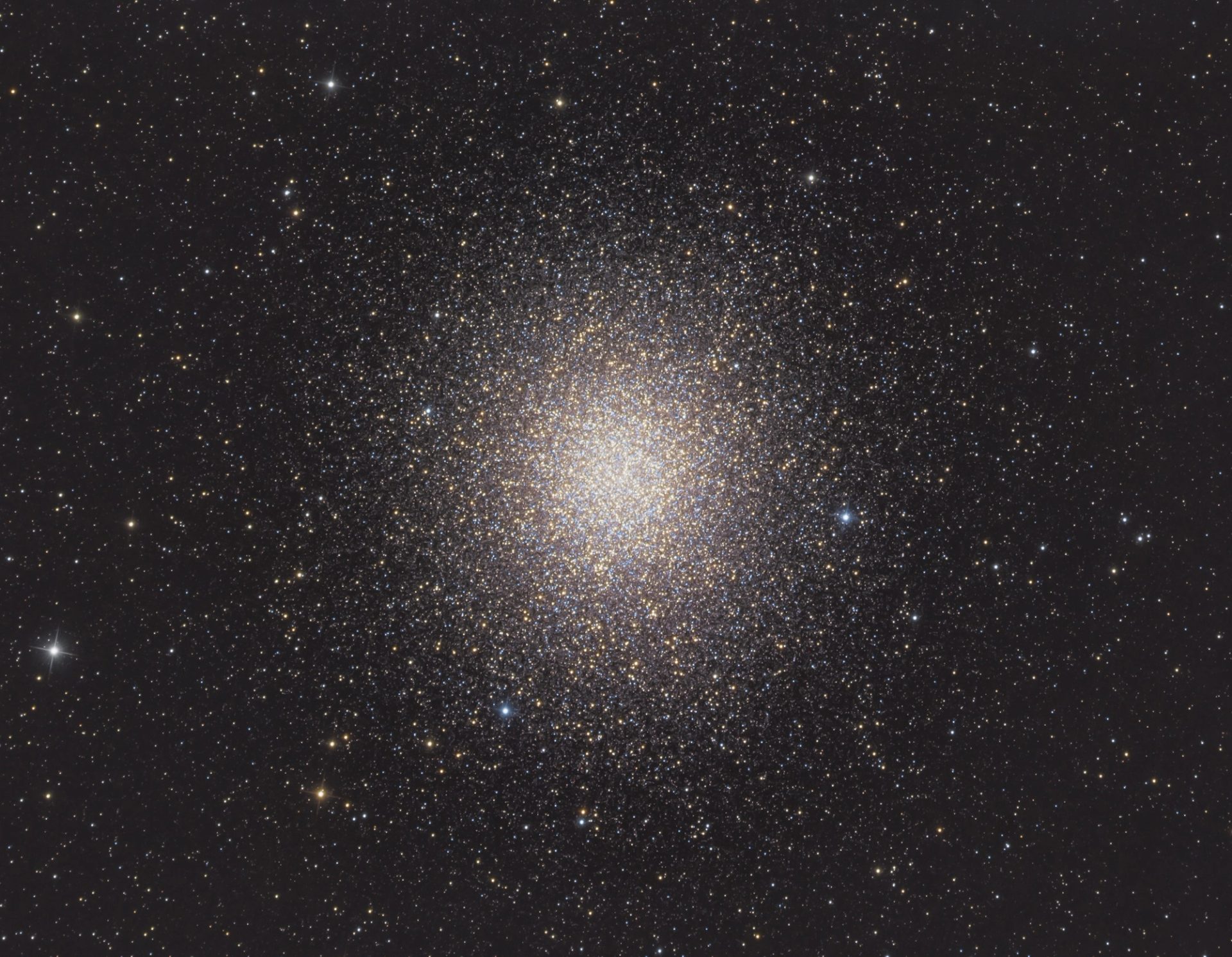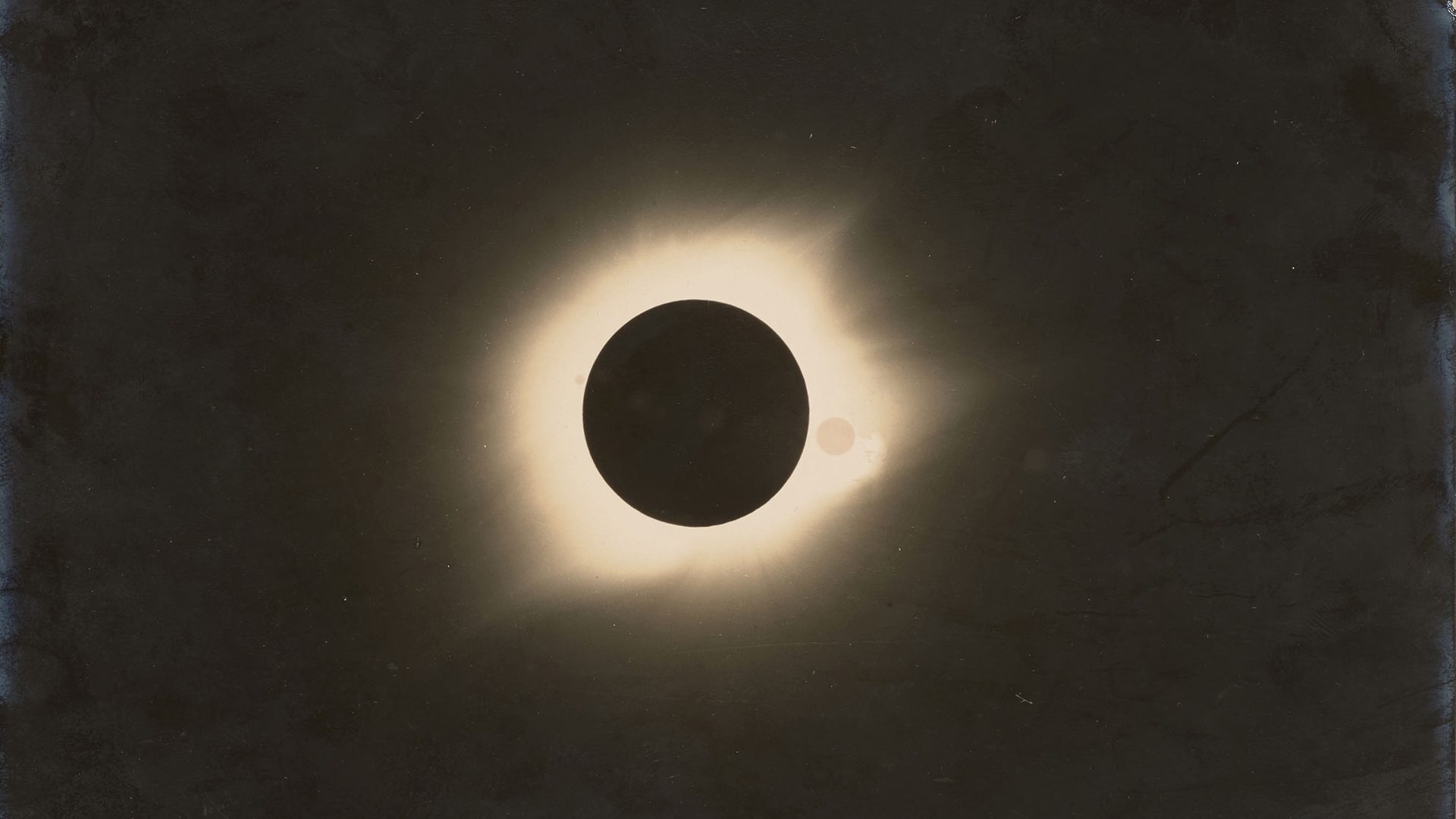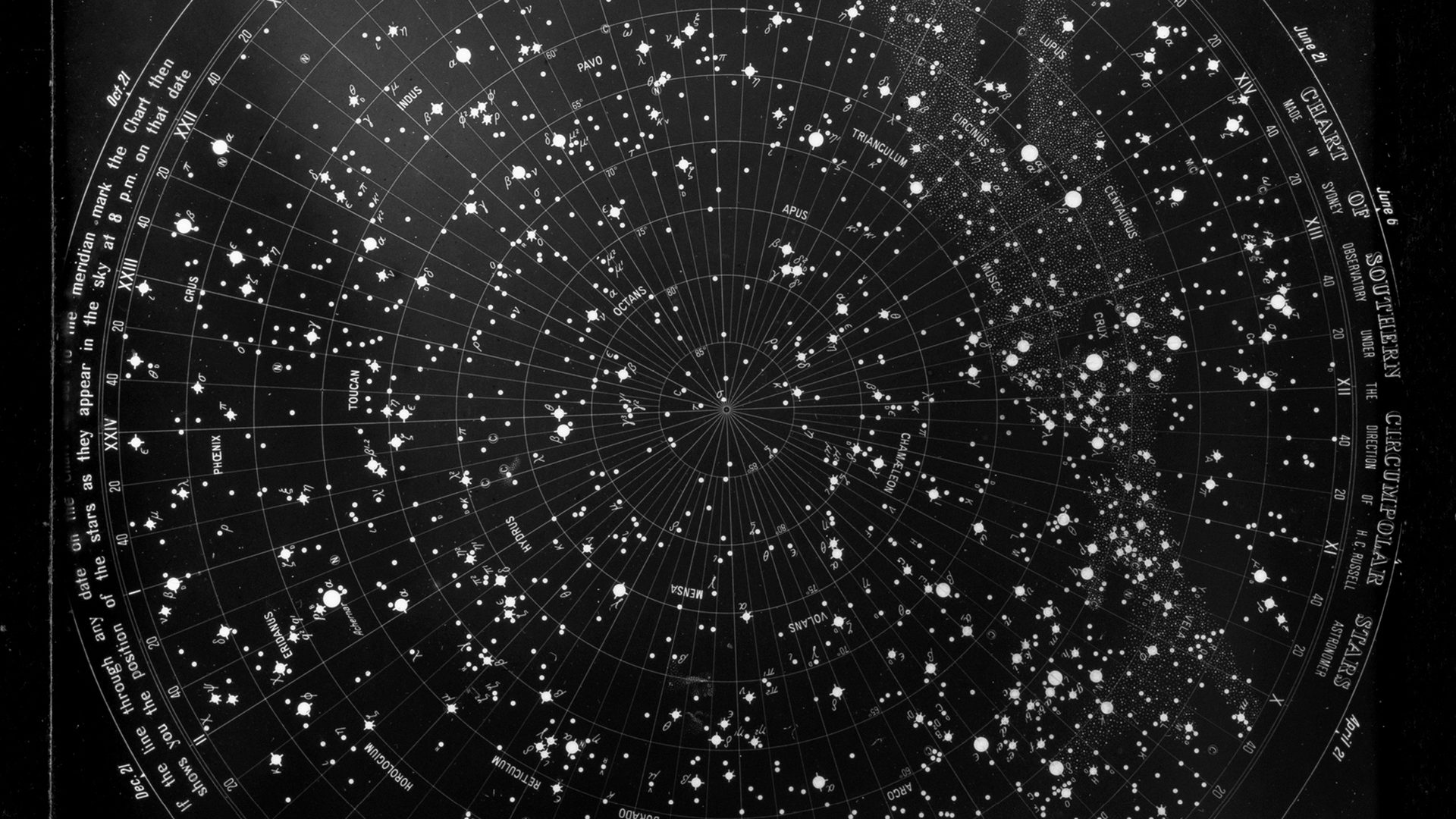Sky Guide June 2023

‘It’s cold outside but arguably the best time of year to enjoy stunning views of the river in the sky, the Milky Way on a moonless night away from the lights of towns and cities. Join us as we explore the wonders of the southern sky with your guide for this month’

Constellations
Over thousands of years the sky has been mapped into suburbs or constellations. They are groups of stars that have been given a name and more recently a border. They have been used as tools to share significant cultural stories, events and as markers. Today, the 88 western constellations used here help astronomers map the sky and search for astronomical objects. In June these constellations dominate the sky.
Leo the lion, in the northwest. The brightest part looks more like an upside-down question mark, as seen in the southern hemisphere, than a lion from the north. Its brightest star Regulus (Little King) is a system of four tightly bound stars at 79 light years. It was once referred to as one of the four Royal Stars, or guardians of the heavens because of its proximity to the point in the sky that marked the northern Summer Solstice as seen by Persian astronomers ~5,000 years ago. Precession of the equinoxes has now moved this point to Cancer the crab.
Virgo the maiden, high overhead is the second largest constellation in the sky and one of the two in which the ecliptic and celestial equator cross. This one marks the current position of the September equinox, the beginning of our southern Spring. It is home to a cluster of galaxies, of which M87 is the largest, at around 60 million light years with a central black hole at least 7 billion times the mass of the Sun. Virgo has one bright star, the 16th brightest in the night sky called Spica which is about 250 light years away. Like most stars, it is a binary. The brighter of the two being about 7 times the diameter of the Sun and 10 times more massive. Its hot surface temperature of around 20,000 kelvin makes it blue white in colour.
Scorpius high in the eastern sky, is one of the brightest and most easily identifiable constellations with its hooked tail, heart represented by the red supergiant star Antares and three stars of the head and claws. In Greek Mythology, the scorpion plays a role in many myths, however it is best known for its pursuit of Orion through the night sky.
Sagittarius also known as the archer, can be found 15 degrees, one outstretched hand span, to the east of Scorpius’s stinger. Sagittarius is home, as we see it, to the centre of our galaxy, the Milky Way with a monstrous black hole about four million times the mass of the Sun and 26,000 light years away. It is called Sagittarius A * (pronounced as Sagittarius-A-Star). Images taken in 2017 but released in May 2022 from NASA’s Event Horizon Telescope (EHT), show matter swirling around it at close to the speed of light. The event horizon is about the same distance from the singularity as Mercury is from our Sun.
Libra low in the east below Scorpius is the only non-living zodiac, Libra the scales. In the past Libra was part of Scorpius, forming the scorpion’s claws but has become synonymous with the scales of justice. The former association of Libra and Scorpius is reflected in the names of the two brightest stars in Libra – Zubenelgenubi and Zubeneschamali meaning the ‘southern claw’ and the ‘northern claw’ respectively.
Crux the Southern Cross, the smallest constellation and its pointers of Alpha and Beta Centauri are high in the south in the early evening. To find south, draw an imaginary line from the top of Crux though the bottom and across the sky. Midway between the Pointers draw a line perpendicular to the line that joins them. Where these two long lines intersect is close to the southern celestial pole. From this point drop to the horizon for south. This technique works at any time of the night, anytime of the year.
Centaurus surrounding the Southern Cross on three sides is Centaurus, the Centaur, said to represent the scholarly Chiron, tutor of many of the Greek gods and heroes. The two bright stars Alpha and Beta Centauri, known as the Pointers, mark the front legs of the centaur. The brighter of the two, Alpha (is in itself a complex system of three) is the brightest star in the constellation and our Sun’s closest neighbour at just 4.3 light years. The light you see tonight left the stars four years and four months ago. When you look at the stars you are in effect looking back in time.
Carina in the southwestern sky and represents the keel of a ship. Carina and the nearby constellations of Vela (the sails) and Puppis (the stern) were part of the huge constellation Argo Navis that in Greek mythology carried Jason and the Argonauts in search of the Golden Fleece of Aries the Ram. In 1756, Nicolas Louis de Lacaille published his catalogue of the southern stars showing Argo Navis divided into the four constellations we see today. Canopus, the second brightest star in the night sky, can be found in Carina and is a white supergiant star about 313 light years away. Its low position at this time of year should make it twinkle through many colours.
Boötes the herdsman is low in the north and quite unremarkable save for the fourth brightest star in the night sky, and brightest in the north, Arcturus. It is only slightly more massive than our Sun, but its advanced evolution has taken it off the Main Sequence and it is a bloated giant 25 times bigger and 170 times brighter which gives it a golden orange hue at a distance of about 37 light years.
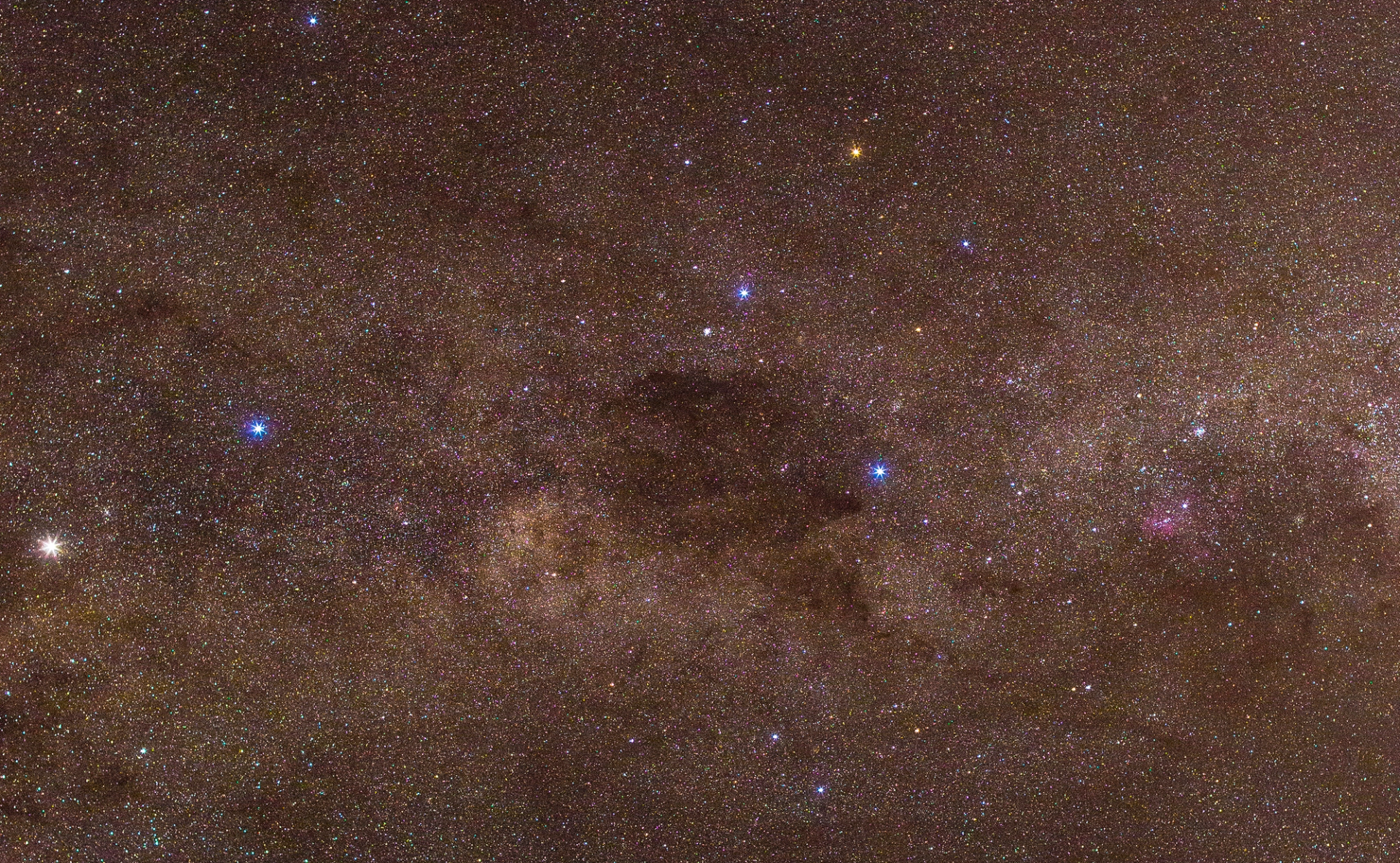
Planets
Venus and Mars are the only planets visible in the evenings in June.
Venus is in the northwest after sunset starting in Gemini before wandering into Cancer with Mars and then into Leo at the end of the month. In the early evening of 22 June, the young crescent Moon is below and to the right or north of Venus. Mars is just above the Moon.
Mars is also in the northwest moving from Cancer into Leo in the last week of the month. Mars is very faint at magnitude 1.66 making it 26 times fainter than it was last December at Opposition. It will not be bright again until the next opposition in January 2025.
The morning sky hosts Mercury, Jupiter and Saturn.
Mercury is very low in the northeast ahead of sunrise. It will be in Aries for the first week before moving into Taurus. On 16 June the crescent Moon will be above and to the left. Mercury will drift eastward and become lost in twilight by the end of the third week.
Jupiter too is in Aires above Mercury. On 14 June the waning crescent Moon will be above and to the left of Jupiter. A small telescope should be able to resolve 4 large Moons and two equatorial belts.
Saturn is in the northwest in the constellation of Aquarius and on 10 June the waning gibbous Moon will be above and to the left or west.
Moon
Full Moon – Sunday 4 June at 1:42pm AEST
Last quarter – Sunday 11 June at 5:31am AEST
New Moon – Sunday 18 June at 2:37pm AEST
First quarter – Monday 26 June at 5:50pm AEST
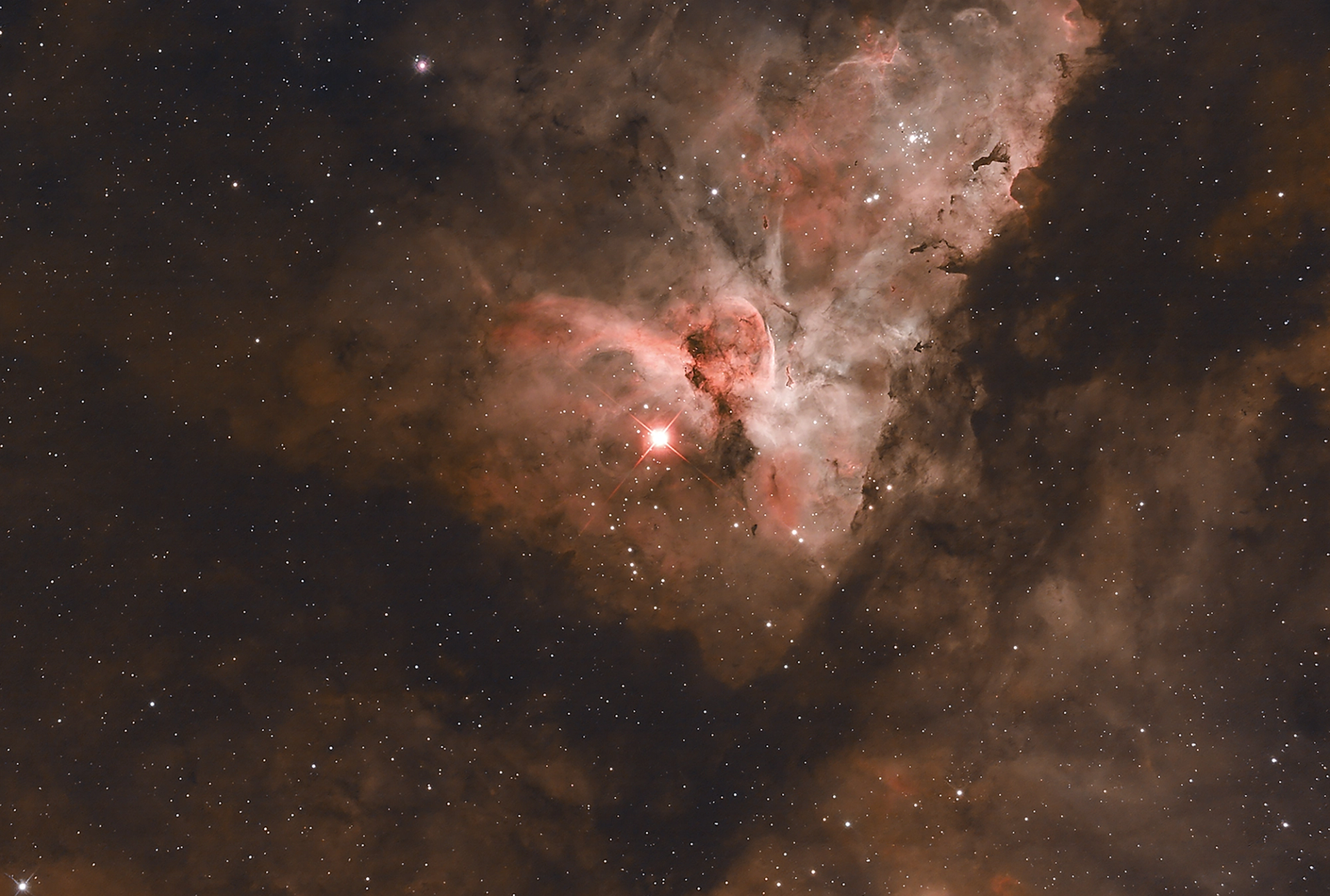
Deep Sky
Explore the universe through binoculars or a telescope and take in these gems of the June sky.
NGC4755, Jewel Box Open Cluster is about 6,400 light-years away within Crux or the Southern Cross. It contains about 100 young blue and red super giants less than 14million years old. Visible to the naked eye close to Beta Crucis it is best seen through a small telescope.
Alpha Centauri star system A star system consisting of three stars, Alpha Centauri A, Alpha Centauri B and the closest star to our Sun, Proxima Centauri at 4.2 light-years. Proxima Centauri is a red dwarf star and is only visible through large telescopes. It is believed to be orbiting the two larger stars. A small telescope will show the brighter pair as a close binary. They take about 80 years to orbit one another.
NGC5139, Omega Centauri Globular Cluster One of at least 150 globular clusters within the Milky Way. This is the largest within the galaxy and may be the core of an older dwarf galaxy. It is 17,000 light-years away and contains around 10 million stars within the Centaurus constellation. It is visible to the naked eye away from cities and towns on a moonless night. Look to the front legs of the centaur as a guide.
The Milky Way as seen from dark rural locations on a moonless night is perfect at this time of year around midnight with the centre in Sagittarius high overhead. The faint glow of billions of stars extends from the low southwest across the sky to the northeast. No telescope is required and look for the head and neck of the emu in the sky.
NGC3372, The Great Nebula in Carina sinking into the southwest, is more than four times larger than the more famous Orion nebula (M42) seen in summer. Its distance of around 7,500 light years disguises its immense size of around 500 light years in diameter. On a moonless night it is a stunning view through binoculars or a telescope as well as being visible to the naked eye. It contains some of the youngest star clusters in the Milky Way as well as a star already coming to an explosive death. The star Eta Carinae at 100-150 times the mass of the Sun is a dying cataclysmic variable which is expected to explode as a supernova anytime within the next million years. A supernova precursor eruption in the 1840s temporarily elevated it to the second brightest star in the night sky.
M104, the Sombrero Galaxy is an almost edge on barred spiral galaxy about 30% the size of the Milky Way 28 million light years away. Its central black hole is about one billion times the mass of our Sun which makes it one of the largest black holes found so far in the heart of a galaxy. It is situated within the constellation Virgo on the border with Corvus. It requires a moderate sized telescope and will appear as a small smoky smudge.
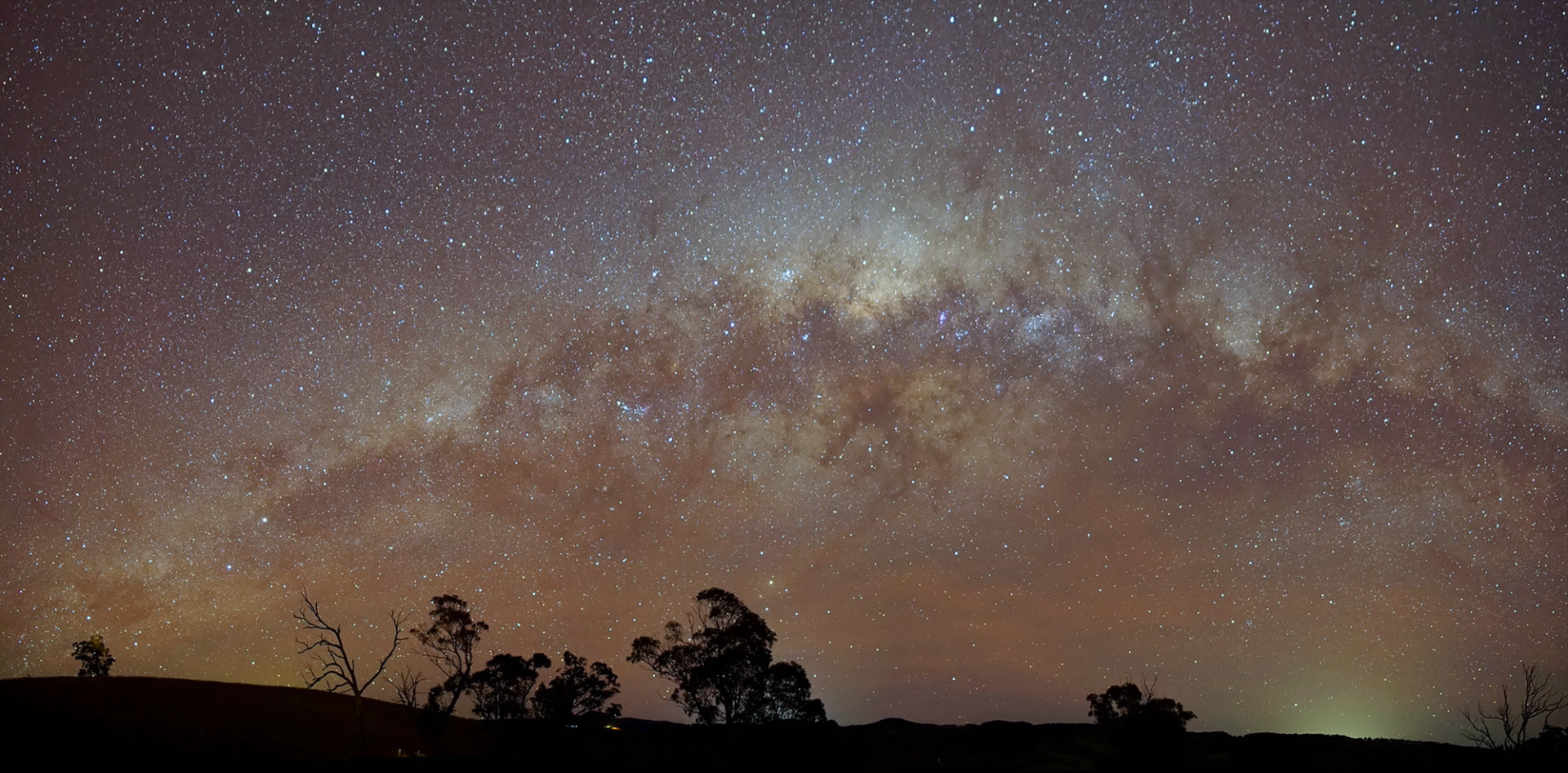
Other Events
The Winter solstice is on Thursday 22 June at 12:58am. This is the point in time when our Sun reaches its most northerly point in the sky in our yearly orbit. From this point it begins to head back to the south. The annual north-south apparent movement of the Sun in the sky is the result of an impact by an object called Theia around 4.5 billion years ago. The collision led to the formation of the Moon and left the Earth tilted to one side by 23.5 degrees. This tilt is the reason for the season and the changing path of the Sun as we see it.










